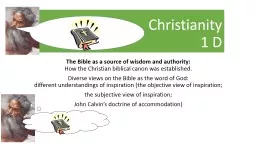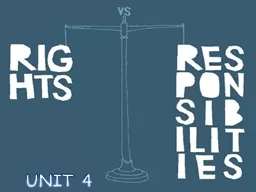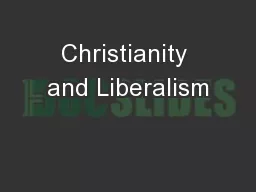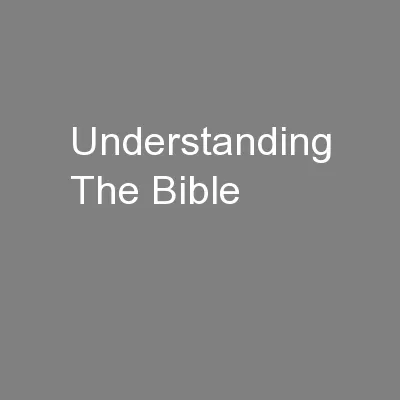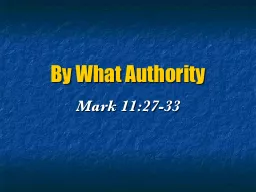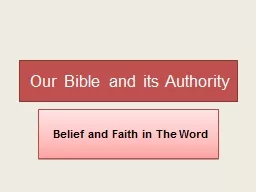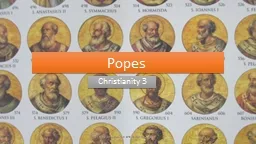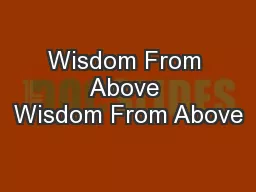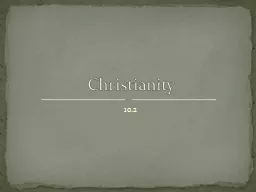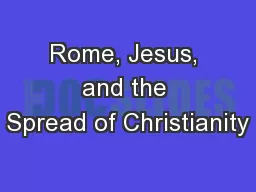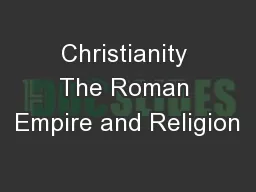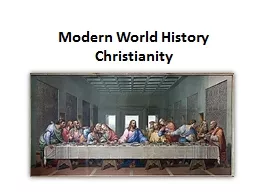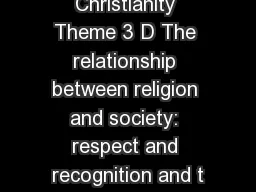PPT-Christianity 1 D The Bible as a source of wisdom and authority:
Author : aaron | Published Date : 2018-10-27
How the Christian biblical canon was established Diverse views on the Bible as the word of God different understandings of inspiration the objective view of inspiration
Presentation Embed Code
Download Presentation
Download Presentation The PPT/PDF document "Christianity 1 D The Bible as a source o..." is the property of its rightful owner. Permission is granted to download and print the materials on this website for personal, non-commercial use only, and to display it on your personal computer provided you do not modify the materials and that you retain all copyright notices contained in the materials. By downloading content from our website, you accept the terms of this agreement.
Christianity 1 D The Bible as a source of wisdom and authority:: Transcript
Download Rules Of Document
"Christianity 1 D The Bible as a source of wisdom and authority:"The content belongs to its owner. You may download and print it for personal use, without modification, and keep all copyright notices. By downloading, you agree to these terms.
Related Documents

